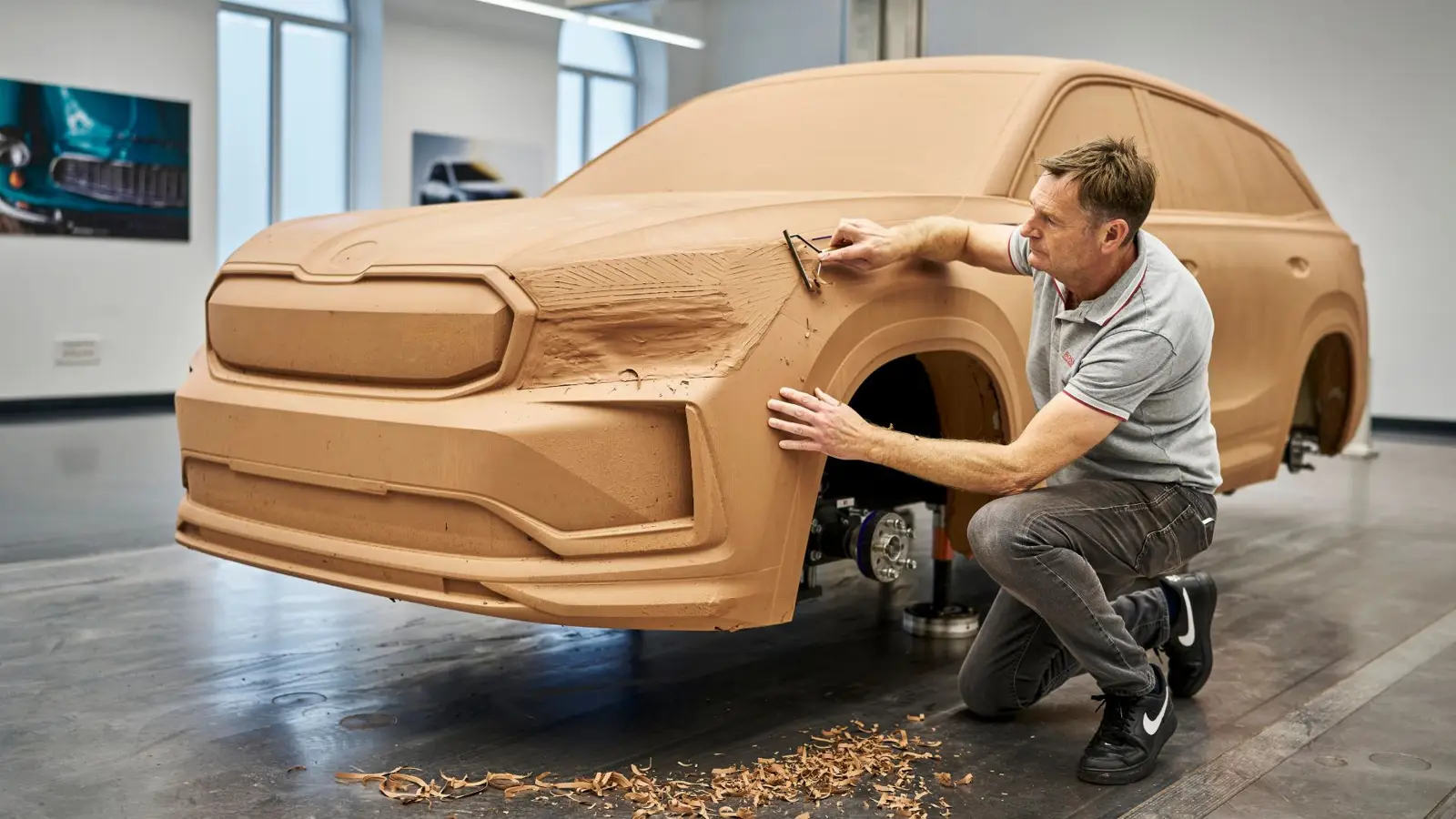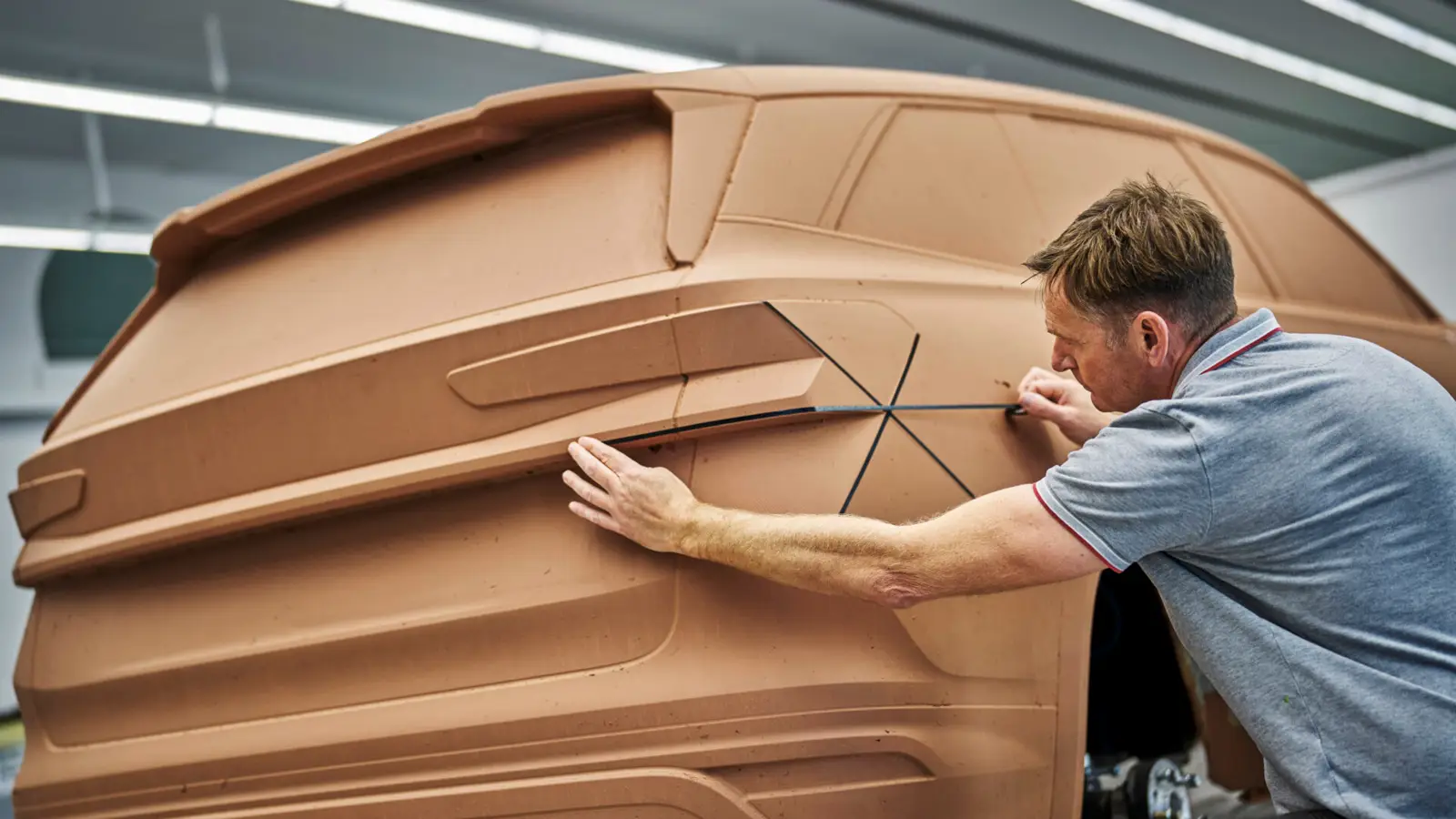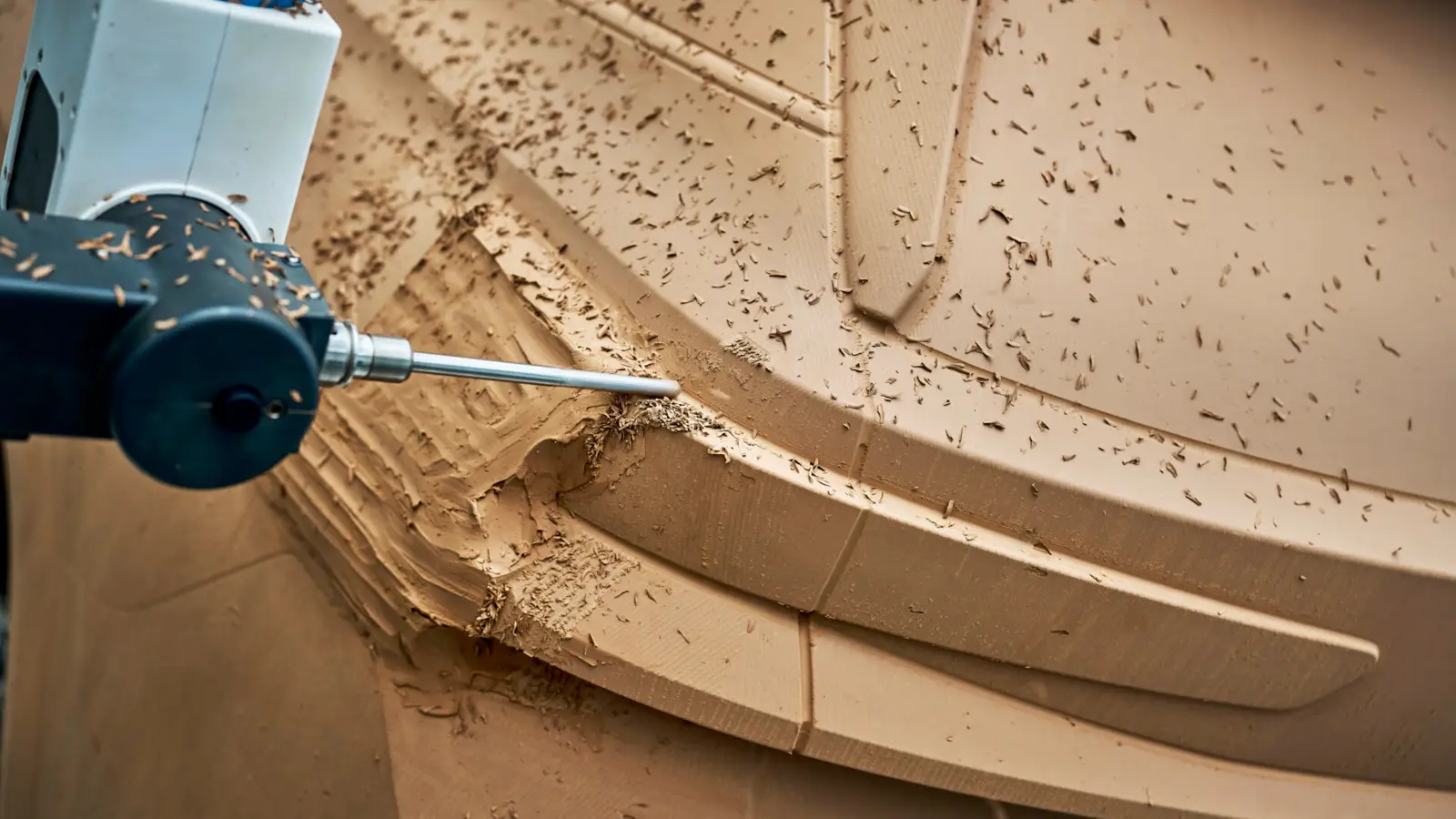Articles
Inside Skoda's design studio: clay models and craftsmanship

Discover how Skoda uses clay models, milling and manual techniques to shape the design of its future vehicles, blending digital tools with traditional skills.
Inside the design shop of Skoda, far from public view, a meticulous process takes place that blends engineering precision with sculptural sensitivity. This is where the shapes of future vehicles are born — between ovens, milling machines, and layers of clay. Despite the digital transformation of the automotive world, clay modeling remains a crucial step in design development — and for good reason.
Each vehicle model begins with a polyurethane foam skeleton, precisely built according to the design team’s specifications. Then, six modelers apply a 10-millimeter layer of special clay heated to 60 °C. A full-scale model consumes about two tonnes of clay. Layer by layer, they build more than a prototype — they craft a physical embodiment of the design vision.

Once the clay hardens, milling takes over. Specialized machines, fed with digital data, carve out the basic lines of the future car. Milling just one half of the body can take up to 20 hours, all in pursuit of precision down to four-tenths of a millimeter. Yet machines can’t reach every contour. That’s when the modelers return to the spotlight.
Scrapers, rasps, paddles, and knives — this toolkit helps perfect the surfaces. They remove roughness, define edges, and sometimes execute major changes directed by the designers. Thin adhesive tape helps visualize the forms, but in the end, it’s the eyes and hands that make the final call.
Other specialists also join the effort. Dušan Stejskal, for example, works on insert parts such as mirrors, headlamps, and air vents. While 3D printers assist with base shapes, manual refinement remains essential. Some components are upholstered, wrapped in films, or polished by hand to closely match future production designs.

The final touch is paint. Painter Oldřich Chalupa mixes colors manually by eye to achieve the precise shade. Sometimes the goal is to replicate unpainted plastic or produce a matte finish. Painting an entire clay model is a rare and delicate process, for which Skoda has developed a confidential method to ensure adhesion.
Even in a digital era, the physical model holds its ground. Only in the real world can one judge light, proportions, and the soul of a car. It's no surprise that Skoda continues to rely on this essential stage — one where digital tools meet craftsmanship that cannot be replicated by code.
2025, Jul 15 00:27


